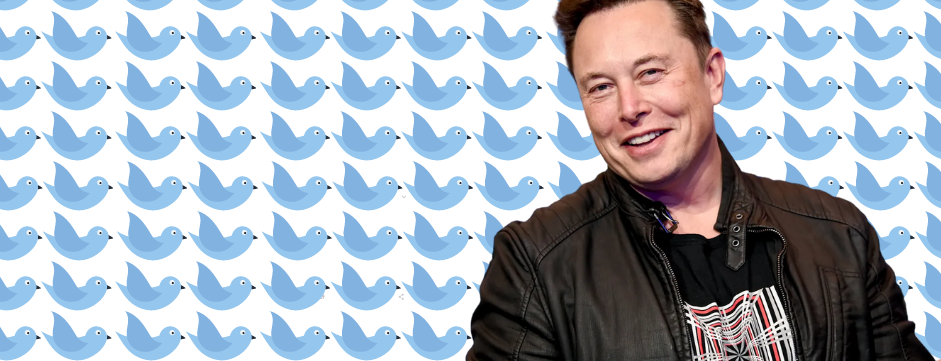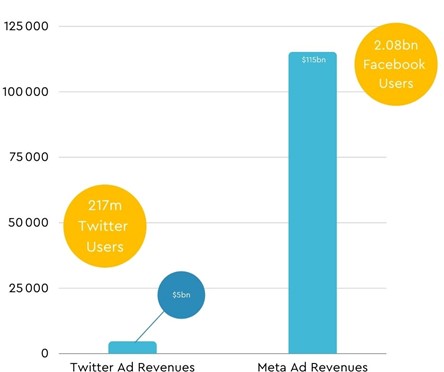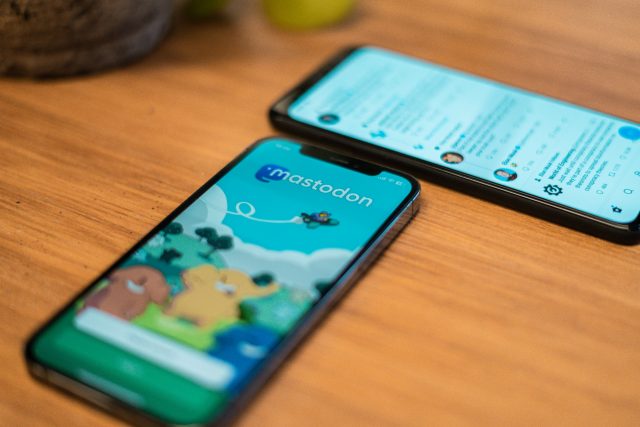
social media
Three things to look out for in a privatised Twitter
After last week implementing a so-called ‘poison pill’ designed to rebuff any attempts at a hostile takeover, Twitter yesterday reversed its defensive approach to Elon Musk. The company has accepted the $44bn offer from the world’s richest man, which will privatise what he himself calls the ‘virtual town square’ of modern democracy. Musk’s view for the future of his latest venture includes open-source algorithms, ‘enhancing the product with new features’ and authenticating all humans. Since Musk began acquiring shares, he has not been shy to test out ideas with his followers on the platform – on April 5th he asked users whether they wanted an edit button, receiving more than 4.4m votes, of which 73.6% of responses were in favour.
Do you want an edit button?
— Elon Musk (@elonmusk) April 5, 2022
He also set his sights on the highest-profile accounts on the platform such as Taylor Swift and Justin Bieber, for their status on the platform, given that they post very little content.
Here are three things we can expect to see in the coming months:
Innovation
Elon Musk is certainly not shy of innovating, and we can all expect that the edit button and open-source algorithms will be the policies that mark his first 100 days in charge of Twitter. Why? From the perspective of a social media manager, he will shed light on what has been in the dark for years: how to utilise Twitter’s algorithm. This will effectively opening up a cheat code for how to use Twitter: allowing communicators to better understand of how hashtags, tags, text, images and visuals impact the reach of a post. It also however widens the divide between users, with those that have the resources to invest in understanding the algorithm will have greater success, where others will drop off the radar. Whilst these could be the marks of his first one hundred days, there is simply no clear idea where the limit may lie given his ambition and disregard for conventional boundaries.
From the perspective of a social media manager, he will shed light on what has been in the dark for years: how to utilise Twitter’s algorithm.
Monetisation
Musk has promised new and exciting products to boost the value of Twitter, whose ad revenues and active users pale in comparison to their main rival, Meta. The advertising space offered to users is far more minimalist on Twitter than on platforms such as Facebook – particularly on the Desktop – and this could be how Musk expands the company’s value. We could expect that beta projects such as Twitter Blue and the about, shopping, and newsletter modules are accelerated into the mainstream, providing value for advertisers and media outlets who wish to monetise their presence on the platform. Any private form of Twitter would be at the whim of its owner. With a somewhat eccentric leader such as Musk, who has frequently moved boundaries within his previous enterprises, we can expect recent statements to be a drop in the pond for the vision he has for Twitter.

The advertising space offered to users is far more minimalist on Twitter than on platforms such as Facebook, and this could be how Musk expands the company’s value.
A platform prioritising free speech
Along with his testing of ideas, the TESLA & SpaceX owner has clarified his stance on freedom of speech, leading some to speculate that this may lead to re-instating former US President Donald Trump’s account after he was banned in early 2021 for his involvement in the storming of the US Capitol Building. Musk’s rallying cry for Twitter to be the town square of the 21st-century democracy signals an end to cancel culture for some and a slippery slope towards radicalisation of social media for others. The reality? Twitter would have to make some significant steps backwards regarding policing racial abuse and other forms of online hate if they were to change its already relaxed stance on free speech significantly. One thing that could appease those fearing a slide into online anarchy is the authentication of humans using the platform – the plans for how to achieve this are currently unknown, it could come in the form of ID verification or perhaps Twitter would lean towards the facial recognition. Any plan to implement this would be a huge leap in combatting online hate, enabling the tracking of comments and posts, however, it would inevitably stunt the growth of the platform.
Twitter is an important space for European public debate. Under any ownership, it will have to respect EU laws: DSA, GDPR, etc. And our fight against disinformation must continue. We expect more transparency and responsibility by design + commitment to revised anti-disinfo Code. https://t.co/YwO863bDNk
— Věra Jourová (@VeraJourova) April 26, 2022
Of course, these thoughts are based on his public statements – the reality is that we can’t be sure that any of his ambitions will come to fruition. Twitter has a completely different audience to its competitors, being prioritised by politicians and journalists whilst Facebook, Instagram and TikTok are largely for personal use (though successfully mastered by many businesses). Within the EU, the reaction has been swift – after the approval of the Digital Services Act, Commissioners Breton and Jourova have already weighed in, promising to show strength and solidarity to ensure that however Musk himself wants to proceed, Twitter will have to comply with European values and EU legislation. Indeed, the fact that European Commissioners have felt the need to comment on this acquisition says a lot about how the EU wants to be the standard bearer in digital rights and regulations. Whatever happens, we can expect that Musk’s ownership of Twitter will follow his strategy for using the platform: it will be exciting, bumpy, and full of surprises.





